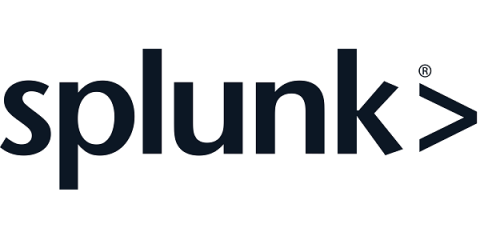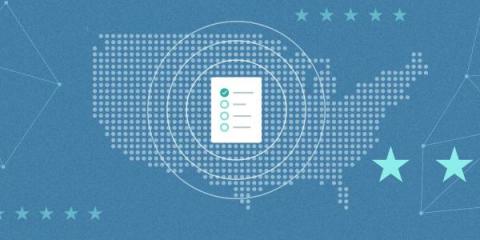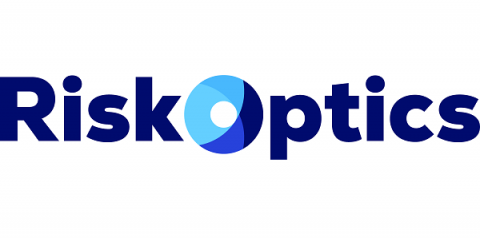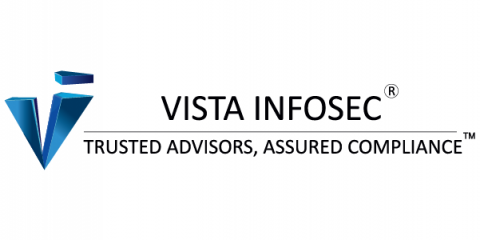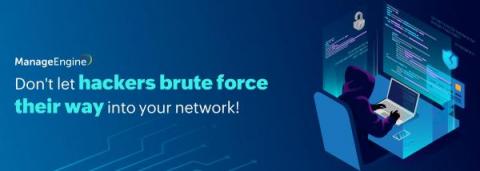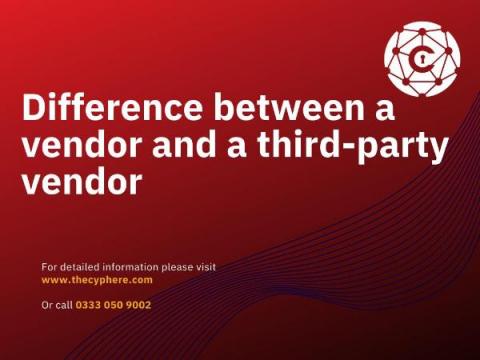Security | Threat Detection | Cyberattacks | DevSecOps | Compliance
Latest News
Publish Your Splunk SOAR Apps Faster
The process for our technology partners to publish their SOAR Apps to Splunkbase just got faster and simpler. App updates are now automatically pulled from our partners’ GitHub repositories into the Splunkbase library in a matter of minutes. With 350+ SOAR Apps on Splunkbase across 200+ partners, this process improvement makes Splunk easier to integrate with and more importantly, provides our customers with even faster access to up-to-date Apps.
Protect CUI, FCI for Your Company's CMMC Compliance
If your company does any business with the U.S. Department of Defense, you will be required to comply with CMMC 2.0 to be considered for future contracts. It doesn’t matter if you sell a product or a service, if DoD business is only a small part of your revenue, or if you are only a subcontractor. You will still be required to comply, even if the work you do hasn’t changed. Your business needs to start building a roadmap for CMMC Level 1 or Level 2 compliance.
Vulnerability Scanners: Passive Scanning vs. Active Scanning
The Aftermath: Steps to Recovering from a Malware Attack
Top Challenges Faced in the Current Cyber Security Industry
Protecting devices, data, or systems from cyber threats is what cyber security is all about. These cyber-attacks are usually aimed at gaining access to, destroying, or stealing sensitive data, or consumers’ money and disrupting online transactions and business operations. Implementing an effective cyber security system is critical, as the task has grown increasingly difficult.
Four Takeaways as the European Union's General Data Protection Regulation (GDPR) Turns 4
Chip away at age old-password problems by reinventing your security strategies
Despite wide-spread knowledge on the risk of using a weak password, 123456 is still a common password in use by a number of users. You’re probably wondering who would still use this password. Well, close to 103 million people around the world according to NordPass’ report. While this is alarming, let’s just take a moment to consider why users choose simple, easy-to-remember passwords despite being aware of the risks. Password overload: How big of a concern is it?
What is ePHI? A Guide to electronic Protected Health Information (ePHI)
ePHI stands for electronic protected health information. Electronic protected health information is protected under the Health Insurance Portability and Accountability Act of 1996, commonly known as HIPAA. ePHI security is governed by the HIPAA Security Rule. With the rise of telehealth, covered entities need to understand the requirements for safely transmitting, storing, and using ePHI to be compliant with the Security Rule and to protect a patient’s privacy.
What is the difference between a vendor and a third party vendor?
A manufacturing organisation providing direct goods and services is known as a vendor. If the same services and products are provided on behalf of a direct vendor, they are known as third-party vendors. Third-party vendors always have a direct written contract, but not each vendor and organisation works with contracts. The definition of an entity as a third-party vendor depends on the organisation hiring its services.



